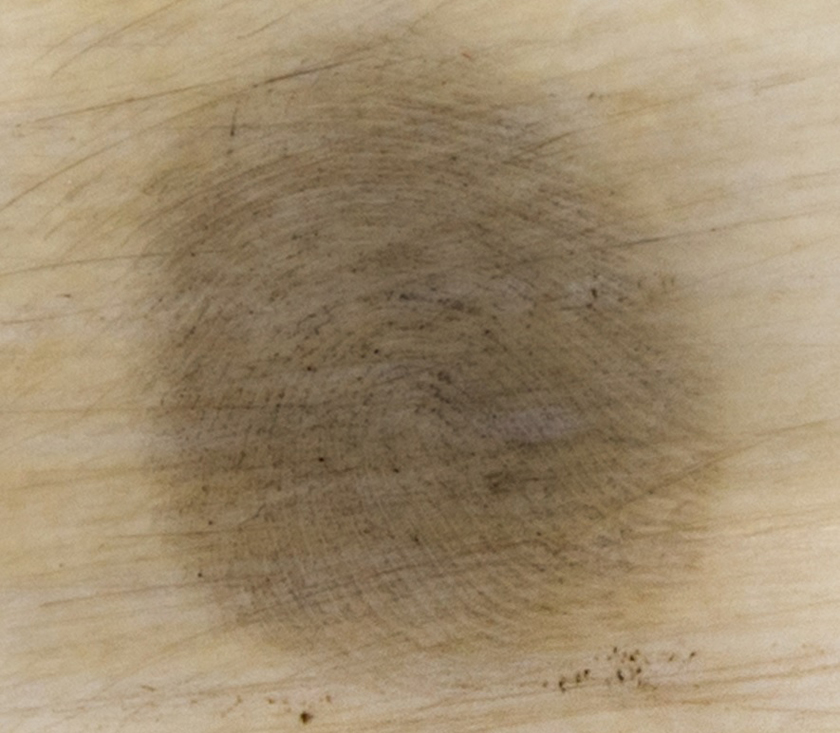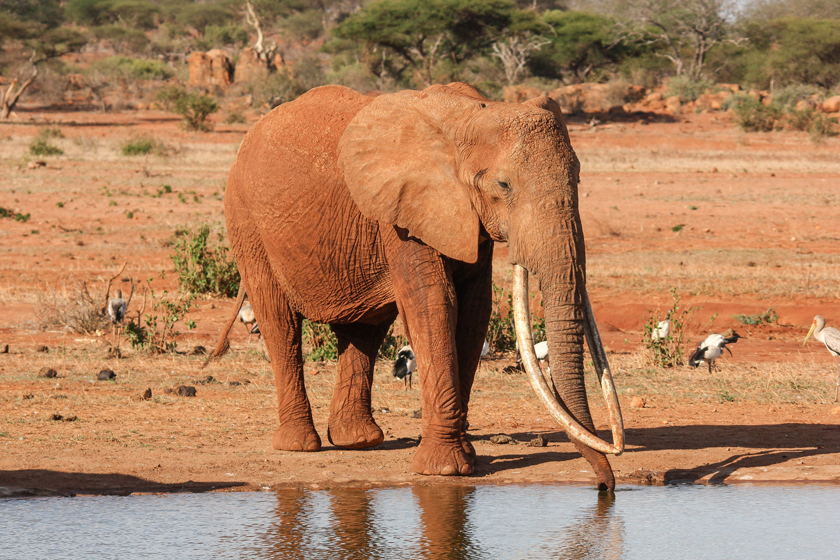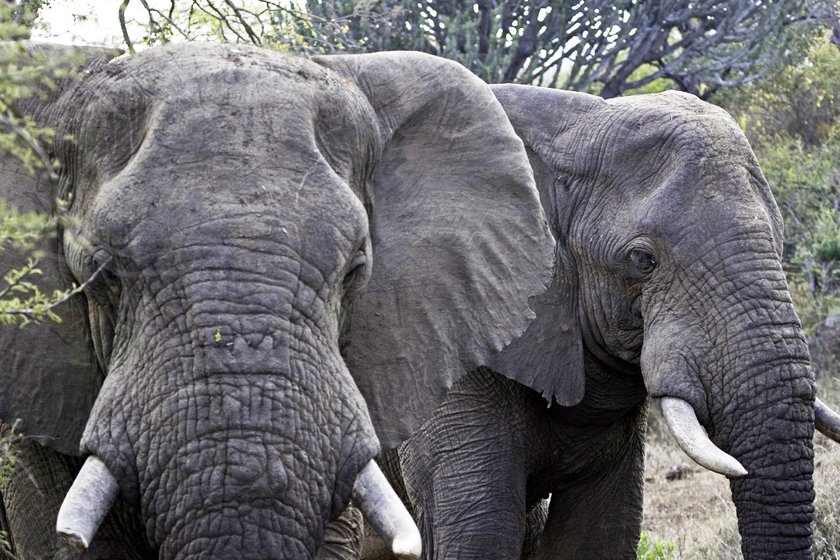Breakthrough In Lifting Evidence From Tusks
Study shows that new fingerprint powders make it possible to retrieve poachers’ fingerprints from porous, ridged ivory.
By Vicki Croke
It’s not easy catching the poachers who kill elephants. Among other things, it’s difficult to conclusively link the perpetrators to the tusks they’ve taken. Part of that has to do with the material itself. Ivory is porous and ridged, making it nearly impossible to lift the kind of detailed fingerprints that identifications can be made from.
But just this week scientists in the UK say they have tested and validated new techniques that can change that.
Experts from King’s College London and University College London, collaborating with imaging and fingerprint experts from the Metropolitan Police have published findings in the journal Science and Justice that they say provide a major advance in retrieving fingerprints from ivory.
“This is the first time that fingerprinting on ivory has been thoroughly investigated and a practical solution offered,” said study author, Dr. Leon Barron, a Senior Lecturer in Forensic Science in the Division of Analytical and Environmental Sciences at King’s College London.
The progress has to do with the size of the particles of the fingerprint dust itself. Newer powder materials have smaller particles, and smaller particles “adhere better to smaller amounts of fingermark residue left behind.”
Using tusks seized by the Metropolitan Police Service’s Wildlife Unit, the scientists experimented with traditional fingerprinting powder as well as two newer formulations. The newer, smaller-particle-powders did the trick. They were able to adhere to remaining fingermark residues and provide useable prints.

A 28-day old fingerprint on ivory. Photo: Metropolitan Police Service.
The researchers found that the methods work best within seven days of a fingerprint being deposited, though some information can still be retrieved for up to 28 days.
The relatively short seven-day peak window for fingerprint collection means the method is best used right in the regions where the poaching is taking place. As Dr. Barron said, the new powders “are especially suited to rangers working in the field.”
Being able to collect fingerprints from tusks, “could lead to wider use of fingerprinting methods in the field to more easily identify poachers in regions with high levels of ivory-related crime,” according to a statement from King’s College London.

Photo:Peter Steward/Flickr.
There are a couple of particular benefits with this new method. One is that it may also help in lifting fingerprints from other material sought by wildlife traffickers, including rhino horn and sperm whale teeth. And the other is that this largely traditional forensic tool—fingerprinting—is a relatively cheap one.
Director of Forensic Services at the Metropolitan Police, Mr. Gary Pugh OBE, said, “The equipment required to put this form of fingerprinting into practice is inexpensive and relatively easy to procure, making it a simple, cost-effective forensic tool to combat wildlife crime.”
And there’s been another bit of good news in the poaching wars over the last few days too. CNN is reporting that for the second time in a month, authorities in Tanzania have arrested a kingpin in the ivory smuggling trade.
The 45-year-old man, Boniface Matthew Mariango who has been called “Shetani” or “The Devil,” was taken into custody in the country’s capital, Dar es Salaam on Thursday after a yearlong manhunt.
He has been considered by some conservation groups to be the most prolific elephant poacher in East Africa, and, according to the Elephant Action League, he “has managed over 15 poaching syndicates that have been operating throughout Tanzania, Burundi, Zambia, Mozambique and southern Kenya with impunity for years.”
According to CNN:
Mariango is believed to have created “several poaching syndicates” and to have worked with Yang Feng Glan, the “Queen of Ivory,” [who was arrested last month] on multiple occasions, Andrea Crosta, the executive director of the Elephant Action League, said.
Glan, 66, is thought to be the most notorious ivory trafficker arrested in East Africa in the last decade. She ran a sophisticated supply chain between East Africa and China for about 10 years, Tanzanian authorities said. Many of her suppliers were also arrested in early October.




One Response to “Breakthrough In Lifting Evidence From Tusks”
Three things: 1) this is great! 2) should we be making it public? Won’t the poachers start wearing gloves? 3) Fantastic about Boniface being captured. When do his teeth start getting yanked out one-by-one?
Comments are closed.